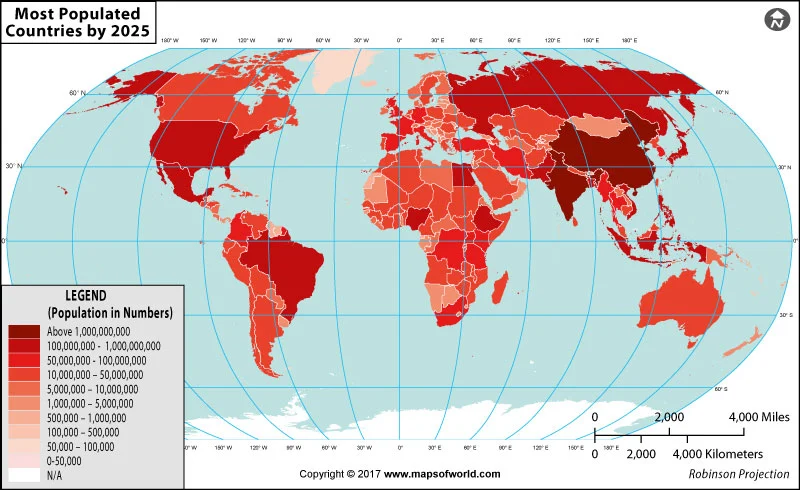HMPV in China: Understanding the Rising Threat of Human Metapneumovirus
Human metapneumovirus (HMPV or hMPV) is a negative-sense, single-stranded RNA virus in the Pneumoviridae family that is closely related to Avian metapneumovirus (AMPV) subgroup C. It was first isolated in the Netherlands in 2001 utilizing the RAP-PCR (RNA arbitrarily primed PCR) approach for detecting unknown viruses in cultured cells. In 2016, it was the second most prevalent cause of acute respiratory tract disease in otherwise healthy children under the age of five in a large US outpatient clinic, after respiratory syncytial virus (RSV).
HMPV in China: Current Scenario
A human metapneumovirus (HMPV) outbreak is now occurring in China, and social media videos allegedly depict overworked healthcare systems and crowded hospitals. Health professionals have expressed alarm about HMPV, a respiratory virus that affects several Asian nations.
“Recent cases detected include pathogens such as the rhinovirus and human metapneumovirus, with cases of the human metapneumovirus among people under the age of 14 showing an upward trend, especially in northern provinces,” according to a report issued by Reuters.
A state of emergency has not yet been announced by the World Health Organization (WHO) or Chinese authorities. As the increase in infections comes during the winter, when illnesses related to breathing usually reach their peak, the trend is being researched.
How HMPV Spreads
According to studies, the HMPV is spreading quickly together with a number of other viruses, including Covid-19, Mycoplasma pneumoniae, and influenza A.
Symptoms and Health Impact
According to Centers for Disease Control and Prevention (CDC) common symptoms of HMPV are fever, sore throat, cough and runny or stuffy nose, wheezing, or shortness of breath in extreme cases. Increases of asthma, pneumonia, or bronchitis can sometimes arise from the infection.
Impact on Vulnerable Populations
The respiratory virus known as human metapneumovirus (HMPV) is extremely dangerous to susceptible groups, especially young people, the elderly, and those with compromised immune systems. Due to the frequency of underlying medical disorders and their reduced capacity to fend off the virus, these populations are especially affected by HMPV infections in China and many other regions of the world.

Future Outlook
Research advancement, enhanced public health initiatives, and international cooperation are essential to the future of HMPV management in China.
Vaccine Development: Exciting research is being conducted to produce vaccinations that work.
Improved Diagnostics: Early detection and treatment will be improved by quick and easily available diagnostics.
Improved Healthcare: It’s critical to make investments in public awareness, training, and infrastructure.
Surveillance: Tracking and controlling outbreaks can be aided by better data exchange and monitoring.
International Cooperation: Solutions can be expedited by collaborating with foreign organizations.
Resilience will be increased by incorporating HMPV into larger disease response plans.
FAQs About HMPV
HMPV (Human Metapneumovirus) is a respiratory virus that can cause illnesses ranging from mild colds to severe conditions like pneumonia and bronchiolitis, especially in children and vulnerable groups.
Fever, coughing, nasal congestion, dyspnea, and wheezing are typical symptoms. In severe situations, bronchiolitis or pneumonia may result.
Currently, there is no approved vaccine for HMPV, but research is ongoing to develop one.
The elderly, people with compromised immune systems, and children under five are more susceptible to serious sickness from HMPV.
Tests like PCR, antigen detection, or viral cultures are used to diagnose HMPV; these are usually carried out at a medical facility.



